A Condiments label printable is an essential part of kitchen organization. Want to make your kitchen look cool and stay organized?
Think about this: you open your cupboard or look at your spice rack and – wow! – you find what you need right away. These special labels help you do just that. They’re not just for sorting stuff; they make your kitchen look fun and show off your style.
It’s not only about being tidy. It’s about making your kitchen a place you love, full of colors and fun designs. Let’s talk about condiments labels printable!
What Should Be on a Condiment Label?
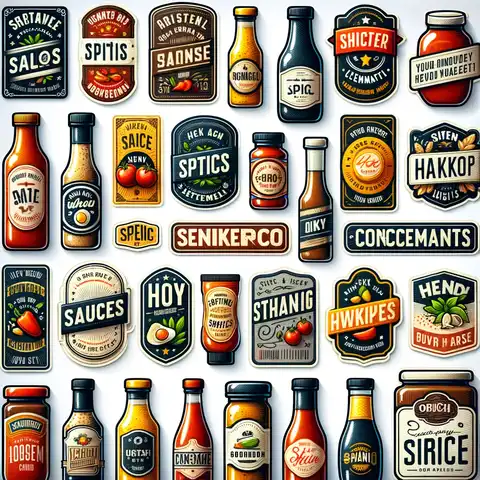
When you look at a condiment label, there are some important things it should always have. Let’s see what they are:
- Name of the Condiment:What is it? Like ketchup, mustard, or something else.
- What’s Inside (Ingredients):A list of everything used to make it. This helps people know what they are eating, especially if they have food allergies.
- Nutrition Stuff (Nutritional Information):This tells you how many calories are in it and other health info like fats, sugars, and proteins.
- Allergy Info (Allergen Information):If the condiment has things that some people might be allergic to, like nuts or milk, it should be clearly said.
- How Much There Is (Net Weight or Volume):This shows condiments in the bottle or jar.
- When to Use By (Expiration Date):It’s important to know when it’s best to use the condiment so it’s still good.
- How to Use It (Usage Instructions):Sometimes, there are tips on using the condiment.
- Who Made It (Manufacturer Information):This includes the name of the company that made it and how to contact them.
- Country of Origin:Where was it made?
These are the main things you’ll find on a condiment label. They help you know what you’re eating, how to use it, and who to ask if you have questions. It’s all about being clear and helpful!
Why Are Stickers Great for Condiment Labels?
Stickers are a super choice for labels on things like ketchup or mustard. Let’s find out why they’re so good:
- Stick Well: Stickers stick well to jars and bottles. This means they come off slowly, even in the fridge or when you’re moving them around.
- Look Nice (Attractive): Stickers can be made in many colors and designs.
- Fit Any Shape (Versatile): Stickers can be cut into any shape or size. This means they can fit perfectly on any container, big or small.
- Easy to Use (Convenient): Putting a sticker label on a bottle is easy and quick. You peel and stick!
- Protects the Label (Durable): Stickers are usually strong and can handle cold or wet conditions. This keeps the label looking good for a long time.
- Cost-Effective: Making sticker labels is not very expensive. This is good for companies because they can have nice labels without spending too much money.
- Tells a Lot (Informative): You can put a lot of info on a sticker, like ingredients, how to use the condiment and health facts.
So, using stickers for condiment labels is a smart idea. They stick well, look great, and are not too pricey.
Condiments Label Printable Free
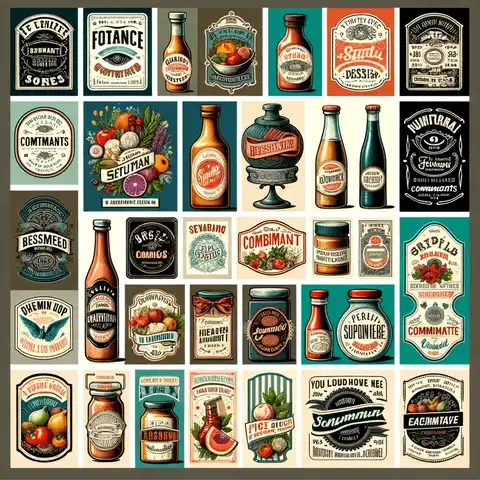
Condiments Label Design
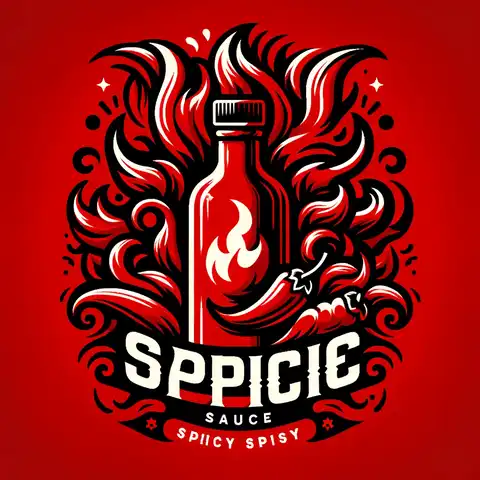
Designing labels for condiments is a creative process. For instance, a spicy sauce might have a bold, red label, while an organic herb mix might use green, earthy tones.
Condiments Label Sticker
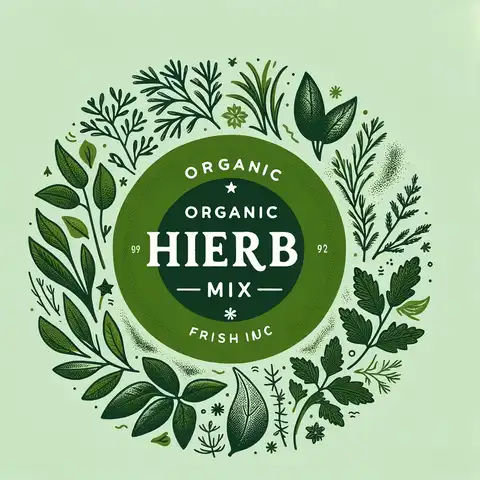
Stickers are a popular choice for condiment labels due to their versatility and ease of application. The quality of stickers ensures that the label stays in place, even in refrigerators or during transportation.
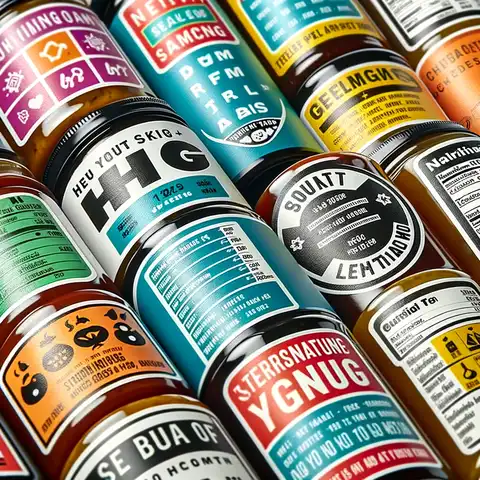
Sticker labels are the go-to choice for many condiment manufacturers.
Condiments Label Background
The background of a condiment label plays a crucial role in its overall appeal. It can be a solid color, a pattern, or even a transparent look. It should complement the text and imagery, making the label readable and attractive.
Condiments Label List
A condiment label should list essential information, including:
- Product Name: Clearly state what the condiment is.
- Ingredients: List all ingredients used in the condiment.
- Nutritional Information: Provide details about the nutritional content.
- Manufacturer Details: Include the name and contact information of the manufacturer.
- Expiration Date: Inform consumers about the shelf life of the product.
Condiments Label PDF
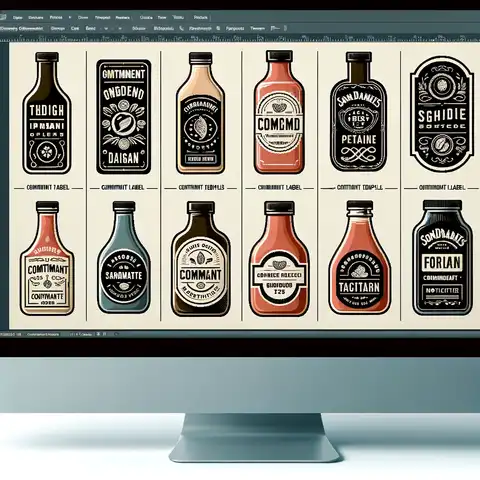
Many websites offer condiment label templates in PDF format. They can be printed at home or by a professional printing service.
Condiments Label Template
Templates are a great starting point for designing condiment labels. Templates can be found online, in graphic design software, or from scratch.
Condiments Label Maker

Label maker software or online tools can help create professional-looking labels. These tools offer various fonts, images, and design elements. Some label makers also provide templates specifically for food and condiment labels.
Kitchen Condiments Label
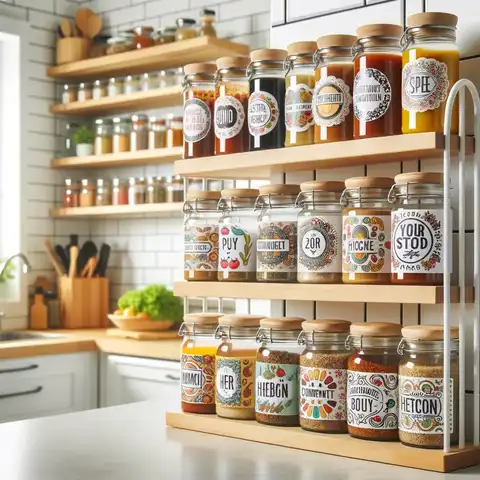
For home use, kitchen condiment labels can be simple and functional. It is used to identify different spices, sauces, and homemade condiments.
Condiments Food Label
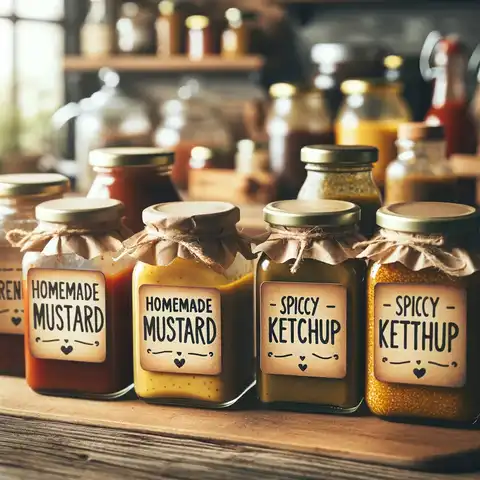
Food safety authorities regulate food labels on condiments. They must include specific information like ingredients, allergens, and nutritional data.
How Technology Makes Condiment Labels Better
Did you know technology can make condiment labels cool and useful? Let’s check out how:
- Scannable Codes (QR Codes)are like magic squares on the label. When you scan them with your phone, they can show you recipes, fun facts, or even games related to the condiment.
- Smart Labels (Interactive):Some labels are super smart. They can change what they show when you touch them or use a special app. They’ll tell you if the sauce is hot or mild or show different recipes.
- Track Freshness (Freshness Indicators):Technology can add a special part to the label that changes color to show if the condiment is still good to eat.
- Talk to You (Voice-Activated):Some labels can work with smart speakers in your home. You can ask questions like “How do I make a salad dressing with this vinegar?” and get answers!
- Allergy Alerts:High-tech labels can be programmed to light up or show a warning if the condiment has something you’re allergic to.
- Eco-Friendly Info:These labels can tell you how the condiment is good for the environment, like if it’s made with solar energy or if the bottle can be recycled.
So, technology in labels is about more than just about looking cool. It makes the labels more fun and helpful and even keeps you safe by telling you if something is fresh or has allergens. Technology is like a secret helper on your condiment bottle!
How important is it to include nutritional information on condiment labels, and why?
Here’s why:
- Health Choices (Making Good Decisions): It helps you make smart choices for your health. If you’re watching how much sugar you eat, the label tells you if there’s a lot of sugar in that ketchup.
- Allergies and Special Diets: If you have allergies or follow a special diet, the label shows you what’s in the condiment. This way, you know if it’s safe for you to eat.
- Counting Calories: If you’re keeping track of calories, the label makes it easy to see how many are in each serving.
- Learning About Food (Education): The nutritional info teaches you what’s in your food. You learn about things like fats, proteins, and carbs.
- Following Doctor’s Advice: If your doctor says you need to eat more or less of something, like less salt, the label shows you how much salt is in the condiment.
So, having nutritional information on condiment labels is a big deal. It’s like having a mini health guide right there on the bottle!
How can a condiment label be designed to stand out on a crowded supermarket shelf?
Here are some tips to make a condiment label pop:
- Bright and Bold Colors: Use colors that catch the eye. Bright, bold colors can make a label stand out. Think about what color represents the flavor or type of condiment and use that to your advantage.
- Unique Shape or Size: Consider a label shape or size different from the norm. .
- Clear and Large Font: Use a font that’s easy to read from a distance. Making the product name large and legible helps customers quickly identify what they’re looking at.
- Eye-Catching Graphics or Images: Include graphics or images related to the condiment’s flavor or use. For example, a tomato image for ketchup or a chili for hot sauce.
- Highlight Special Features: If your condiment has unique selling points (like organic, low-fat, or locally sourced), ensure these are prominently displayed on the label.
- Use of White Space: Don’t overcrowd the label. Effective use of white space can make a label look cleaner and more appealing, drawing the eye in.
- Storytelling Elements: Sometimes, a short story or interesting fact about the condiment or its origins can make the product more appealing to customers.
- Contrast with Competitors: Look at your competitors’ colors, designs, and styles and choose something different for your label.
- Interactive Elements: Consider adding elements like QR codes that lead to recipes or product stories, adding an interactive layer to your label.
- Quality Material: A high-quality label material can give a premium feel to the product, making it more attractive to consumers.
How do regulations influence the design and content of condiment labels?
Regulations significantly influence the design and content of condiment labels. These regulations are typically set by food safety and regulatory authorities and vary by country. Here are the key ways in which regulations impact condiment label design and content:
How Rules Change Condiment Labels
Different places have their own rules about food safety. Here’s how these rules change label designs:
- What’s Inside (Ingredients): Rules say you must list everything in the condiment. They’re often in order from most to least.
- Nutrition Facts: Labels usually need to show how many calories, fats, carbs, proteins, and sugars are in there. Sometimes, they even show vitamins and minerals. This info has to be shown specially.
- Allergy Alerts (Allergens): Laws say you must tell if your condiment has common allergy-causing things like nuts, gluten, or milk.
- How Much Is There (Net Weight): You must say how much condiment is in the container. There are rules about where to put this info on the label.
- Use-By Date (Expiration Date): It’s important to say when the condiment might go bad.
- Easy to Read (Label Size and Readability): There are rules about making the words big and clear enough to read.
- Special Claims (Claims and Certifications): If the label says something special like “organic” or “gluten-free,” it has to be true.
- Speaking Your Language (Language Requirements): The label should be in the language of the country where it’s sold.
- Who Made It (Manufacturer Information): You must say who made the condiment and how to contact them.
Making a condiment label is about more than just looking good. It’s a mix of following these rules and ensuring the label catches your eye.
In conclusion, printable condiment labels are a cool and simple way to organize and style your kitchen. With so many designs and ways to make customization options available online.




